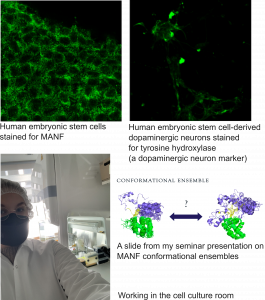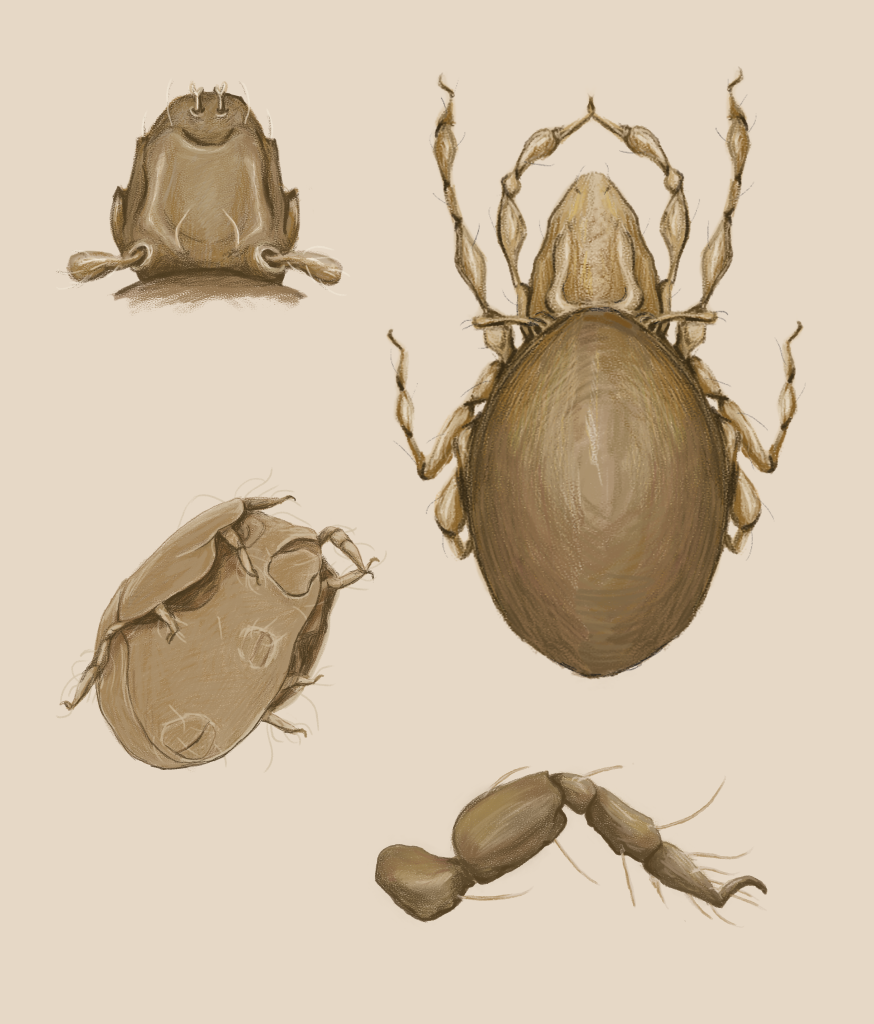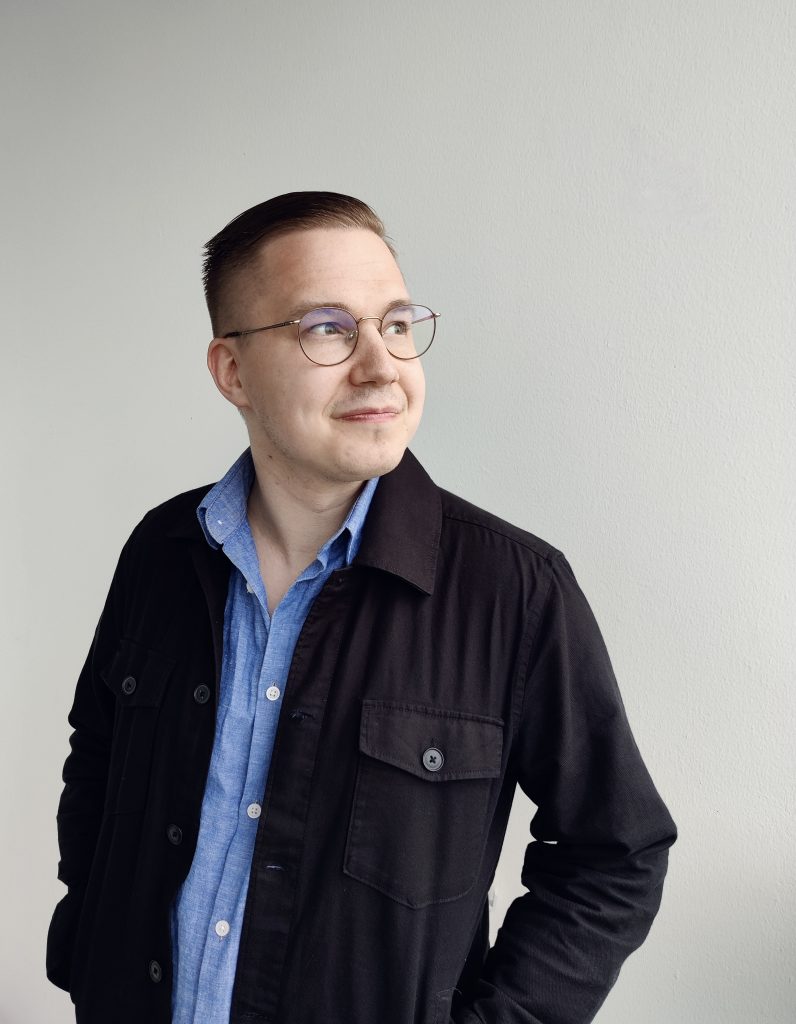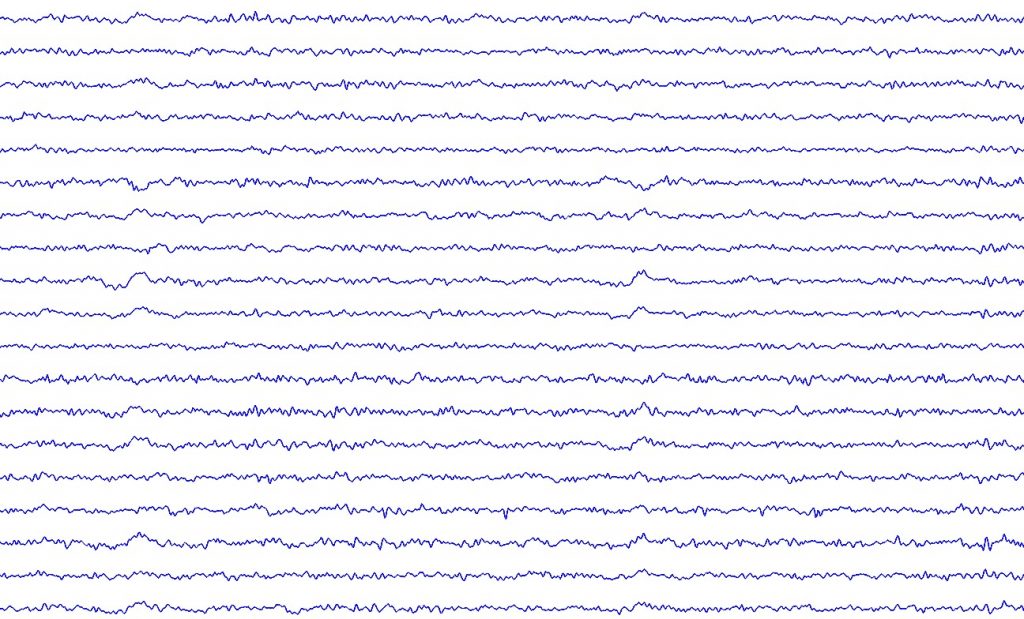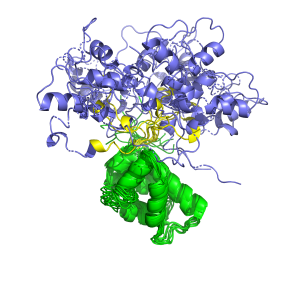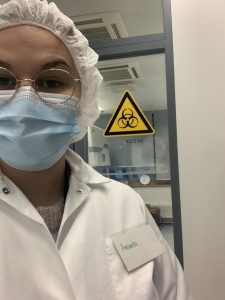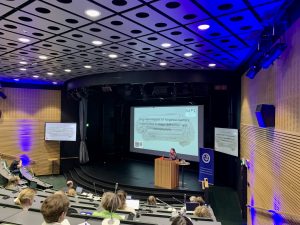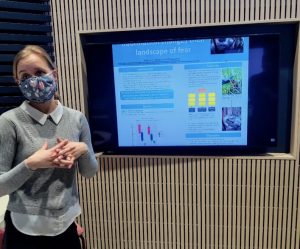Hello!
This is Rupesh with another blog post to provide an update on what happened during and after my traineeship. You can find my previous post here. It took me a little longer to write this post than promised, but here we are!
Let me start with a short recap: For the traineeship, I worked on my MSc thesis under the supervision of Dr. Ilona Rissanen and Prof. Juha Huiskonen at the Institute of Biotechnology in the University of Helsinki. My thesis was on a project aimed at discovering the structural basis of SARS-CoV-2 neutralization by the antigen-binding fragment of an antibody that was derived from a COVID-19 patient. We can understand how the antibody manages to neutralize the SARS-CoV-2 virus by figuring out where it binds to the spike protein. The antigen-binding fragment, as the name suggests, is the part of an antibody that recognizes and binds to the antigen. In order to find out the epitope of the antigen-binding fragment, I employed single-particle cryogenic electron microscopy (cryoEM). I was able to hypothesize the neutralization mechanism based on the location of the epitope and the subsequent analyses of it.
During the traineeship, I got to learn some cool techniques involved in studying a protein through cryoEM, right from sample preparation to processing the collected data. I would like to highlight a moment during my thesis work, when I got to see how the spike protein looked like in 2D in the early stages of processing the data. It was stunning to see the proteins I had expressed on the computer screen!
But the main takeaways, in my opinion, were the discussions I had with my supervisors and other lab members on how to troubleshoot experiments and interpret the results. That was where I got to understand how to approach science and the problems that arise in these projects. I found these discussions, both formal and informal, to be highly beneficial to my development as a researcher. Writing my thesis was another area where I found myself constantly learning and applying the knowledge to put the big picture together. It involved reading a lot of research articles, which was not an easy task but once I got into the thick of it, I was surprised to notice how fulfilling it was. Staying on top of current research in the field does feel good.
My thesis work had come to an end right after the traineeship period ended and it was time to submit my thesis before the academic year came to a close. As part of graduation requirements, the Genetics and Molecular Biosciences (GMB) master’s program provides the opportunity to present our thesis work during the annual GMB master’s thesis symposium. It was the first time I got to be a part of an in-person symposium in a very long time. In fact, it was the first time I got to see most of my fellow students in the program. All of us presented our work with great enthusiasm and held passionate discussions. It was a good experience to present my results to an audience with varied background and to also listen to talks on different lines of research that my colleagues were working on.
I graduated from the GMB master’s program a couple of months ago and I am incredibly thankful for having the opportunity to work in the research groups of Dr. Rissanen and Prof. Huiskonen. A huge thanks to HiLIFE for supporting me during my thesis. The traineeship resulted in a series of wonderful events which would go on to help me build myself as a researcher and for this, I am grateful!
As for the present, I have recently started to work as a research assistant with the same research groups where I’m hoping to enrich my skills even further before I embark on the journey towards a PhD next year. I’m cherishing this phase of my life where I get to do cool science surrounded by an awesome community, long may it continue!
Cheers,
Rupesh

